There are many ways to propel ATVs and all similar off-road vehicles in the market today. The transmission type deployed by the manufacturer often points to the target audience they’ve got in mind with the product. What are the different types of ATV transmission, and how do they work?
ATV transmissions are mostly manual, semi-automatic, or automatic. Each of the transmission options can also have further variations. For example, some transmissions will shift from two-wheel to four-wheel drive or go from high to low gear, depending on the situation.
The rest of the article will look at the different types of ATV transmissions and how they work. Watch out for tips on how to choose an ATV with the best transmission for you.
In ATVs with a manual transmission, you have to choose the best gear for the situation. The lower gears are best selected for low traction scenarios, hauling heavy stuff, uphill climbs, and takeoff. The higher gears are best used when you’re cruising.
In a manual transmission setup, you have to disengage the engine from the transmission using the clutch stick before shifting between gears. Once the gear is locked in, you have to re-engage the engine by releasing the clutch.
So, in manual transmission, you have to control the clutch, the gear lever, and the throttle. If you’re on a hill, you may have to engage the brakes as well. The brakes here work like those on a motorcycle. The rear brake is operated by the right foot, while the front brake is controlled by your right hand.

This type of transmission also makes getting into or out of turns easier. Transmission shifting as you’re about taking a sharp turn can upset the balance of the ATV.
Some people shy away from ATVs with manual transmissions based on the knowledge of how difficult it is to manage manual transmission on motorcycles.
However, ATVs are different because the four wheels of the ATV means you don’t have to worry about keeping it standing while managing the clutch and gear at the same time.
If you already have lots of experience with manual motorcycles and cars, operating an ATV with a manual transmission should be straight forward.
Here’s a video showing how a small engine manual transmission works:
ATVs with semi-auto transmissions are similar to those with a manual transmission, but the main difference is in the operation of the clutch.
You still have to choose the optimum gear for the scenario, but the clutch doesn’t have a separate lever. The act of shifting gears automatically controls the clutch as well.
With this setup, you’ll have one less thing to worry about while staying in control of the power generated by the engine. This type of transmission is also popular with sport ATVs.
It’s also deployed in vehicles made for inexperienced operators that are not yet experienced enough in gear selection but have a decent grasp of riding an ATV.
ATVs with automatic transmission are designed to handle gear selection for you, with the right gear chosen at the right time. This type of transmission is popular in utility ATVs, where the focus is more on the reason for riding the ATV, such as hauling, towing, or plowing.
Automatic transmissions in ATVs also work like what you get in cars, with some of them featuring levers that allow riders to shift between “hi” and “lo” gearing.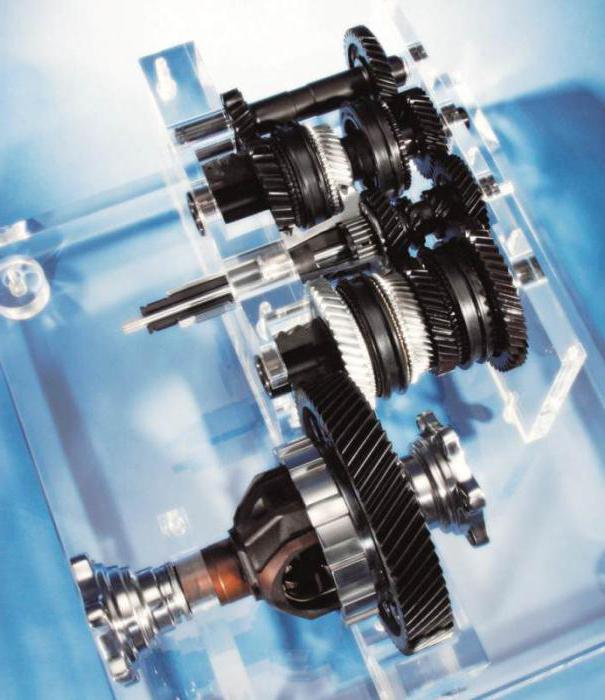
The system is based on centrifugal force. The foundation of the operation is based on the fact that the force moving away from the center of any spinning object will increase if the speed of rotation increases.
If the ATV is in “hi” gear, it will travel at speed much faster than normal, but it won’t generate enough power as it slows down. In “lo” gear, the max speed of the ATV reduces, but the amount of power generated at a lower speed increases greatly. In this scenario, you can haul or tow a lot more weight.
When discussing automatic ATV transmission, there are two main distinctions you’ll come across: CVT and wet clutch technologies.
Continuously Variable Transmission (CVT) is a transmission mode you’ll find in many adult ATVs. The design’s focus is to keep the engine within the best possible rpm range at all times. Once the engine is within this range, it will work more efficiently and produce the maximum power necessary for a given scenario.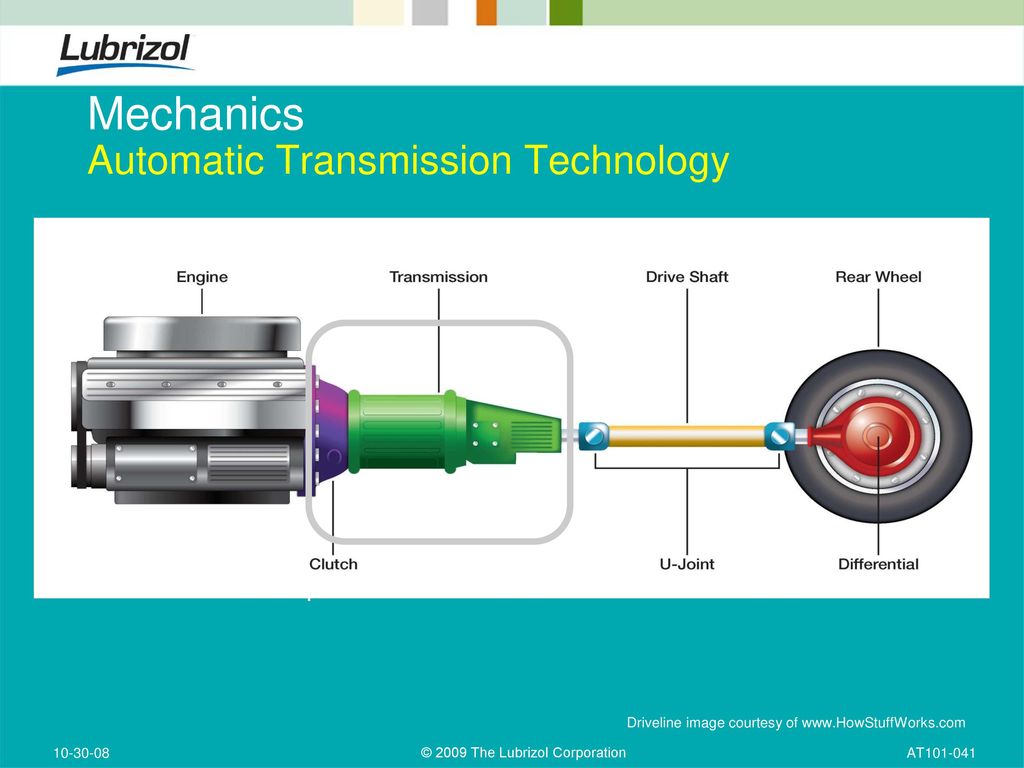
ATVs with the CVT technology allow you to focus on maintaining stability and traction when on treacherous terrains or engaging in heavy-duty hauling or towing. You don’t have to worry about selecting the right gear for the situation.
The CVT mechanism contains two pulleys held together by a V belt. The two pulleys act as built-in clutches that control and vary the drive ratio between the output and input shaft in a controlled, smooth and continuous manner.
With further increase in speed, the belt will ride higher inside the main clutch, leading to an increased gear ratio between the output and input shaft.
The secondary clutch in the system works similarly to the main clutch, but its main role is to ensure there is no slack within the V belt, especially while the main clutch opens and closes.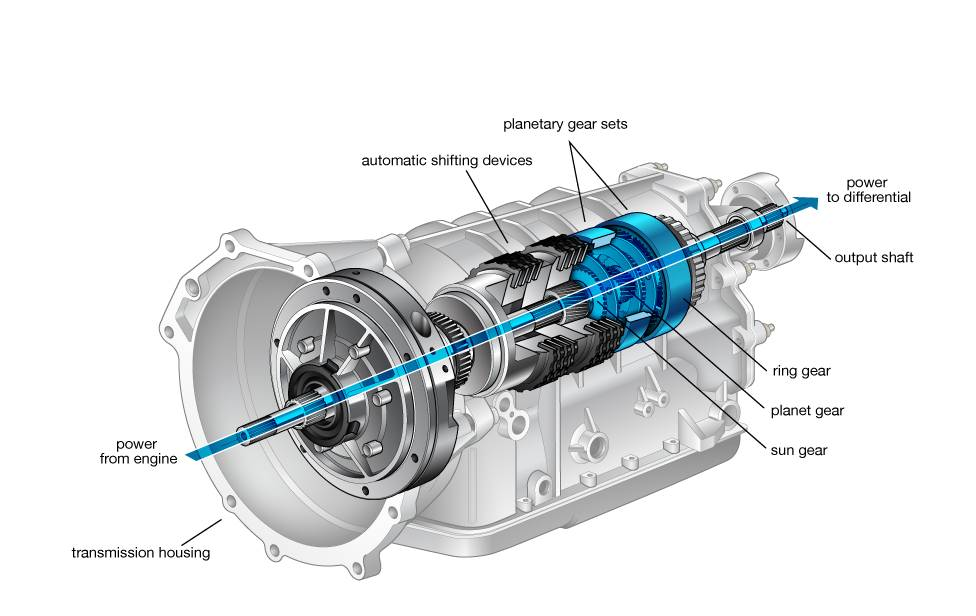
The secondary clutch’s other role is to connect to the output shaft and the rear wheels, usually through a drive shaft or a chain.
Here’s a cool video showing how a CVT transmission works:
The wet clutch approach to automatic transmission is less convoluted than the CVT technology. It is mostly deployed in four-wheelers made for new riders of teenagers.
The system incorporates one wet clutch, which is linked to the engine via a range of gears. The transmission is only engaged at specific preset RPMs.
Models with this technology only have a single speed and the option of reverse. There’s only one forward gear. This design means you can’t rely on ATV models with this transmission for heavy-duty use or navigating rough terrains.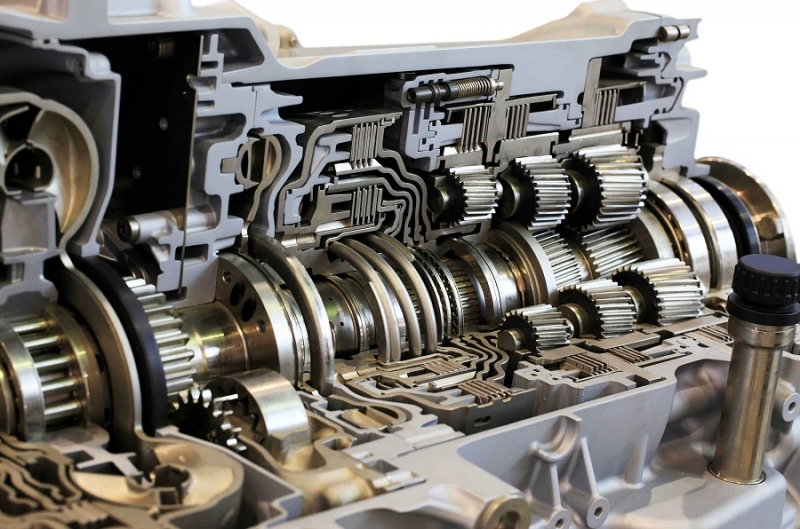
They are best for new riders that are still learning how to control and handle an ATV without worrying about shifting gears.
We’ve seen how each of the transmissions you’ll find in an ATV work. To choose the right option for you, pay attention to how you intend to use the machine.
If you’re getting an ATV for leisurely adventure on the beach and some mild competitive sport, one with automatic transmission will work just fine for you.
However, if your ATV will double as a recreational and utility vehicle, you should seriously consider going for one with a manual transmission. If you must go with automatic transmission, it should be a powerful CVT variant that can handle everything you intend to throw at it.
If you’re in the market for an ATV that can help your teenagers learn how to ride, a model with a wet clutch is a good idea.
The various models of ATVs in the market come with transmission technologies tailored with specific audience segments in mind. With what you’ve learned thus far, you should be able to instinctively determine what type of transmission to go with any time you need a new ATV.
With what you’ve learned thus far, you should be able to instinctively determine what type of transmission to go with any time you need a new ATV.
Experienced riders with the need for an ATV that can serve different (and often demanding purposes) will almost always choose a manual transmission. In contrast, casual or leisurely riders can get by with some types of automatic transmission.
Sharing is caring!
In 1970, Honda came up with a brochure titled “What Is It?” launching their revolutionary off-road vehicle. It wasn’t until 1980 that Honda introduced the ATC185. It was equipped with a five-speed semi automatic transmission with an ultra-low first gear. Semi automatic ATVs have improved since then. You have different models to choose from and you can find the best semi automatic ATV that’s right for you. You still need to know more about the difference between manual transmission ATV, semi automatic ATV, and fully automatic ATVs.
How do know which transmission is right for you? It all depends on your style of riding and what you use the ATVs for. You should do your research before picking your next ATV ride.
Semi-automatic ATVs are dependable, tough, and great for any activity that requires slow consistent speed. This can include pulling loads or heavy chores like using your ATV for plowing snow. Keep on reading for everything you need to know about semi automatic ATVs.
Table of Contents
What Is a Semi Automatic ATV?A transmission supplies controlled power from the engine to the wheels. Transmissions allow for faster acceleration from a stop. They also prevent engine damage and overheating by making sure that the engine runs more slowly while driving at consistent speeds.
When looking at ATVs, you need to know that there can be 3 types of transmissions:
For a manual ATV, you need to let off the throttle, pull the manual clutch, and shift through the gears using the foot shifter.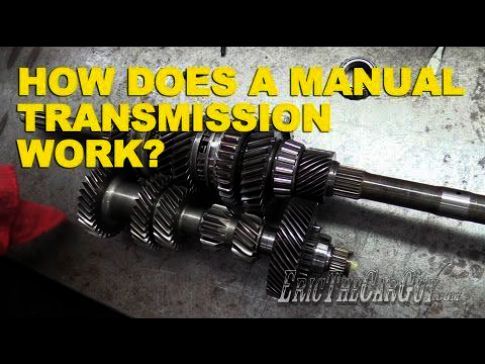 On the other hand, you can shift gears automatically with a fully automatic ATV. A semi-automatic combines the best of both manual and fully automatic ATVs.
On the other hand, you can shift gears automatically with a fully automatic ATV. A semi-automatic combines the best of both manual and fully automatic ATVs.
With a semi-automatic transmission, there is no clutch control. You can change gears by pushing a button. You can hold the gear without the hassle of operating a clutch lever.
A semi-automatic ATV is great when you need to hold a consistent speed, which means they are great for towing and hauling. So, if you’re thinking of using your ATV for recreational and utility purposes, then a semi-automatic ATV may be the right option for you. This is especially true if you have some experience with ATVs, but you’re not comfortable with the manual transmission.
Semi Automatic vs Fully AutomaticThe fact that both are automatic may lead to some confusion, so let’s dive a little deeper to understand the difference between semi automatic and fully automatic ATVs.
You can shift gears on a semi-automatic ATV with your left foot.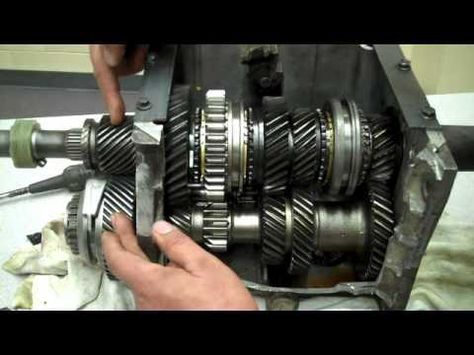 You have five forward gears and one reverse gear. Semi-automatic ATVs have been around for a while, so you know they’re reliable. They’re great for both recreational purposes and work where you need a slow constant speed.
You have five forward gears and one reverse gear. Semi-automatic ATVs have been around for a while, so you know they’re reliable. They’re great for both recreational purposes and work where you need a slow constant speed.
With a fully automatic ATV, you just need to place it in gear and move. You don’t need to worry about shifting gears or clutches. Automatic transmissions were first used in snowmobiles and migrated to ATVs. A fully automatic ATV is pretty popular because of its ease and convenience, especially for beginners. They’re much better for long rides where you don’t want to spend all that time shifting gears.
If you’re wondering about fuel economy for those short or long drives, then check out this blog post for more information.
How Does a Semi-Automatic ATV Work?A semi-automatic ATV works by sending electric signals to a different part of the ATV. So, you don’t need to worry about foot pedals. You have a switch and a hydraulic motor.
The gear doesn’t shift automatically. After the gears get a signal from the engine, it’ll engage. If the gear can rotate without the engine, then it’ll automatically disengage.
Do Semi-Automatic ATVs Have Clutches?Yes, semi-automatic ATVs have clutches. They work the same as semi-automatic transmissions. You don’t have to worry about pedals and cables.
You can shift gears by simply pushing a button on the handle of your ATV when you want to change gears. Everything else will be done automatically.
This means that a semi-automatic clutch gets rid of all the complexity and hassle of a clutch. You can focus on the drive and terrain around you rather than worry about a clutch.
Also, remember a semi-automatic clutch helps your engine’s life by reducing wear and tear. They also help prevent your ATV engine from overheating.
How to Drive a Semi-Automatic ATV and How to Shift Gears?Unlike a fully automatic ATV, you need to know how to shift gears in a semi-automatic ATV. You don’t need a clutch to shift gears, but you do need to know when to press the button to shift gears.
You don’t need a clutch to shift gears, but you do need to know when to press the button to shift gears.
Remember to close the throttle while shifting to prevent the front wheels from lifting. Most importantly, listen to your engine. The more practice you have, the easier it’ll be to shift gears. Over time, you can tell when to shift gears or adjust the throttle by the sound of the engine.
With practice, you’ll also be able to tell where the engagement point is. This will ensure you have a smooth shift without stalling. Some Honda models have a “SportClutch” that can help you prevent stalling.
Some of the Best Semi-Automatic ATV ModelsThere are still several old semi-automatic ATVs. But, if you’re looking for a new ATV, your decision is easier because Honda is the only company with semi-automatic ATVs. That doesn’t mean your choices are limited because you have several Honda models to choose from.
Honda FourTrax Foreman Rubicon 4×4 EPSA Honda FourTrax Foreman 4×4 EPS is comfortable and tough.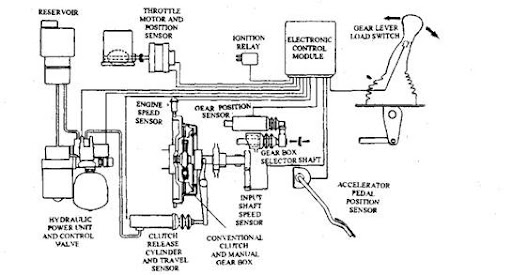 It’s one of the top machines riders look for when they want to get big jobs done and have fun adventures.
It’s one of the top machines riders look for when they want to get big jobs done and have fun adventures.
It has a 5-speed semi-automatic transmission. You also get an Independent Rear Suspension (IRS) for a smooth ride. You have a single-cylinder 518cc engine that means great performance and better hill-climbing. It’s a great choice for work and play.
The electric reverse is convenient and easy to use. You can shift from forward to reverse repeatedly. It’s a great ATV for plowing snow.
Every Foreman also uses a swingarm rear suspension that’s perfect for hard work or towing.
If you want another option, you can also check out the Honda FourTrax Foreman Rubicon 4×4 EPS. Check out the other features of the Rubicon here.
Honda FourTrax Rancher 4X4 ESThe Rancher has a bunch of different options for you to choose from. Every model has front and rear racks, a spacious front utility compartment, and an easy-to-use reverse system. The Rancher has a 420cc liquid-cooled engine, which is light and nimble going up to a top speed of 51 mph.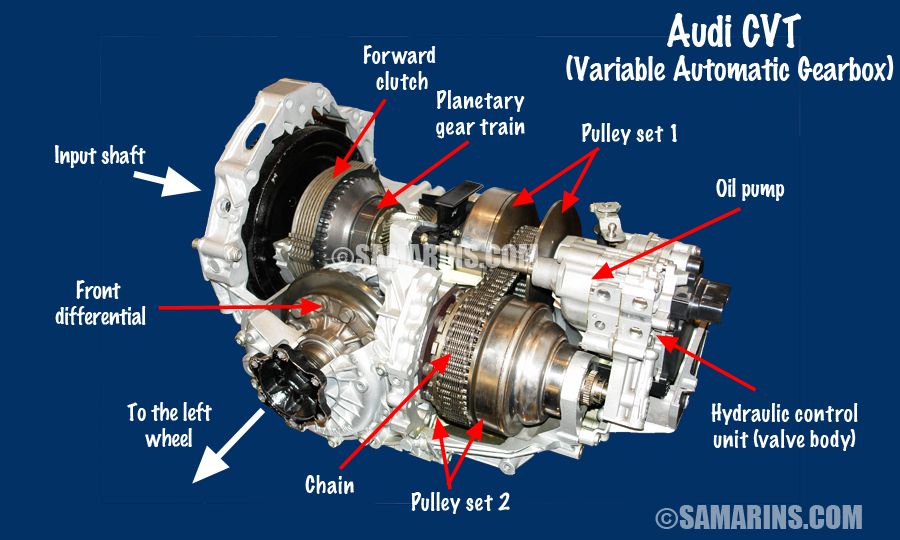
You can choose between 2WD to 4WD so you have the choice between lighter steering and maximizing traction. Check out more features for your Rancher semi-automatic ATV.
You can even choose the FourTrax Rancher ES, which is the cheaper model.
Honda TRX250XA Hondo TRX250X is meant for teenagers and adults. It has a 229cc engine with a five-speed manual transmission. It has a “SportClutch” which is basically a semi-automatic clutch. You get to combine manual transmission with stall prevention getting the best of both worlds.
You’ll love the light handling, wide powerband, and long suspension travel. Check out its other features here.
You can also check out the Honda TRX90X for kids, which has an 86cc four-stroke engine. It has a keyed ignition allowing parents to control who goes riding and when. You also have an adjustable throttle limit that lets you control the top speed and power of your kid’s ATV.
There aren’t many semi-automatic models for your consideration because more people lean towards automatic.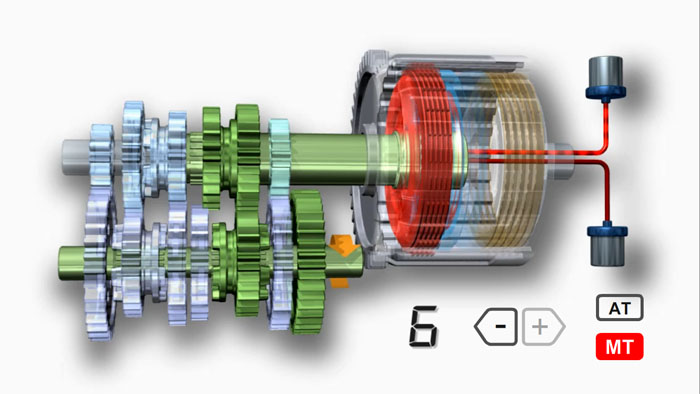 If you want a mix of work and play, then you need to consider your semi-automatic ATV options. You can look at older model ATVs to find the right fit.
If you want a mix of work and play, then you need to consider your semi-automatic ATV options. You can look at older model ATVs to find the right fit.
The pricing of the newer models depends on the trim and features you want. For example, a 2022 Fourtrax Foreman 4×4 has a base price of $7,499, whereas the base price of a 2022 Fourtrax Rancher is $5,599. If you’re wondering about how much ATVs cost, check out this blog post.
Check Out More Tips and Tricks on ATV RidingNow you know everything there is to know about semi automatic ATVs. You know the difference between a manual and a semi-automatic ATV. You even know what the best semi-automatic ATV models are, so you can start your ATV adventure.
You probably have more questions that you need to get answered before you go buy your next ATV. You may be interested in learning about why ATVs are not street legal, how to jack up an ATV, or the ATV helmet rules. Maybe you want to know about ATV sizes by age.
Check out our blog for more articles to answer all your questions about semi-automatic ATVs and ATV riding, including whether ATV tracks improve performance.
The primary purpose of an ATV gearbox is to transfer torque from the engine to the wheels as accurately as possible. The second important task of the transmission is to adjust the number of revolutions of the wheel by increasing the gear ratio.
That is, the faster you want to move, the higher you have to shift into gear. In the case of an automatic-type gearbox on an ATV, you still have to change gears, in particular, engage in reverse or choose between 2D or 4D drive. In low-cost models, including those made in China, the equipment is equipped with an automatic transmission, but more expensive sports ATVs are equipped with a fully manual transmission.
Contents
The mechanics are identical to the standard motorcycle and allow the driver to more accurately feel the moment of shifting gears at the optimum pace. As a result, such sports ATVs have better power and maneuverability. And when you're on the track, the power can be reduced by adjusting the gearing. And finally, the last advantage of a mechanical sports transmission is the ability to enter corners more comfortably. But try not to change gear directly during the turn, in which case you will lose balance. The 150cc gearbox is usually made as simple as possible, so you can not hope for excellent sensitivity and smoothness. The main advantages of mechanics on an ATV can be considered:

Also, shifting gears on a similar gearbox is much easier than on a motorcycle, because such a technique has 4 wheels, which means that all the emphasis can be placed on gear shifting control. The movement on the mechanics is carried out similarly to other vehicles in the manual transmission, only when driving to a hill, you will have to simultaneously hold the clutch and brake.
Therefore, if you choose a model for the most dynamic and confident operation, pay attention to the type of transmission, mechanics will be the best choice.
Whereas manual ATVs are more for real riders and power lovers, the automatic transmission is more relaxed. The principle of its operation is similar to a car, where your task is only to shift gears. Automatic transmissions are most common on utility vehicles, the main feature being the choice between high and low gears. If you want to go fast, you will have to turn on high speed, but the disadvantage will be weak power. Conversely, at high power, the box will limit top speed. Buying an automatic shift ATV gearbox is recommended for kids or beginner riders who want to get comfortable and get used to the movement.
Conversely, at high power, the box will limit top speed. Buying an automatic shift ATV gearbox is recommended for kids or beginner riders who want to get comfortable and get used to the movement.
Let's give an example of the operation of a mechanical box, because it may differ in operation from other equipment. The main component is the gearbox, its power is transmitted from the second shaft with the variator pulley to the third shaft - the intermediate one. It is he who allows the box to continue working, transferring force to the last 4 shaft with the wheel mounted on it. All the described design details are located inside the protective casing, and the constant presence of oil in the system allows to increase the lifespan.
Try to keep an eye on its level, otherwise the transmission will break down soon. If you choose 250cc ATVs, the price with cardan will be a little different from others. In any case, you will have to consult with the seller, who will select the ATV for your needs.
How do you like the article?
Articles
02 Dec
Any wheeled vehicle - from a bicycle to a multi-ton truck - has a transmission in its device: a system that transmits rotation from the engine to the wheels. The operation of the transmission - and therefore the speed of driving - can be controlled by shifting gears.
In each mode of transport gear shifting is organized differently. In the article below, we will tell you exactly how to shift gears on ATVs, and what gearboxes are found on such equipment.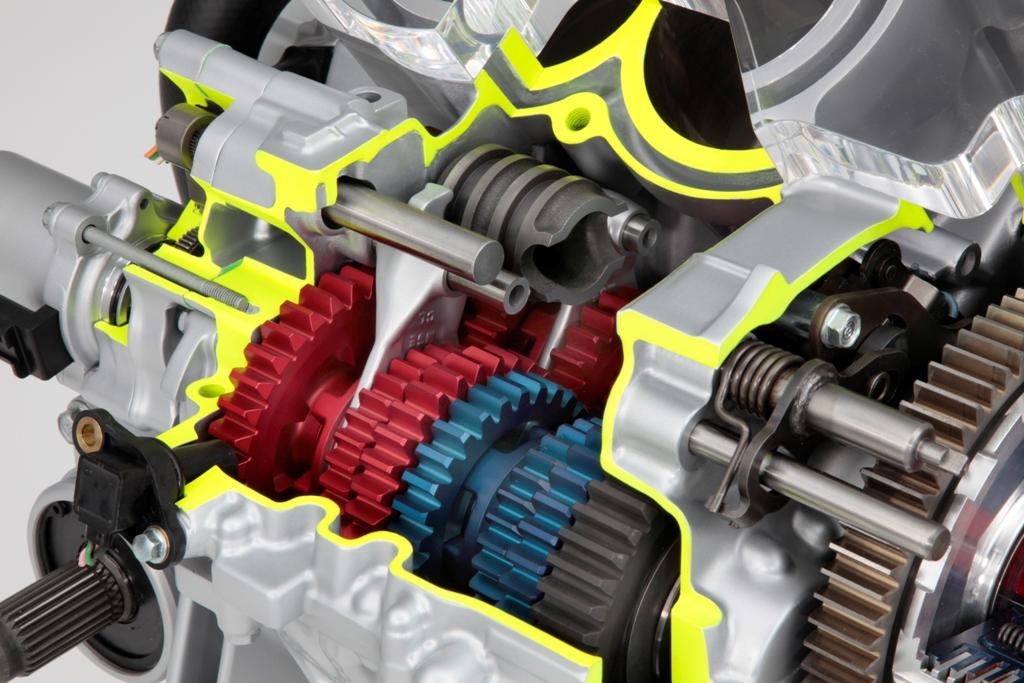
Gearboxes for ATVs can be of two types:
Rare and mostly found in older models, but other variations can be found. For example - "automatic" with the ability to manually shift gears.
Manual ATVs are a little more difficult to drive (at least at first, until you get used to it), but you can more accurately select the appropriate mode. And vice versa: CVT "boxes" are much easier to operate, they are easy to master for a beginner who gets behind the wheel of an ATV for the first time. But on the other hand, with active driving along a route with variable difficulty, riding a CVT will be a little less convenient.
And vice versa: CVT "boxes" are much easier to operate, they are easy to master for a beginner who gets behind the wheel of an ATV for the first time. But on the other hand, with active driving along a route with variable difficulty, riding a CVT will be a little less convenient.
For example: you are driving on a flat packed dirt road on H, and you see a large stretch of muddy road ahead with deep mud (or a steep slope, or bumps, or stones). You have to come to a complete stop and shift to L, drive through mud, and when you get back on a dry road, come to a complete stop again and shift back to H. , like motorcycles, and a manual clutch lever on the handlebar on the left.
The foot lever device can be of two types:
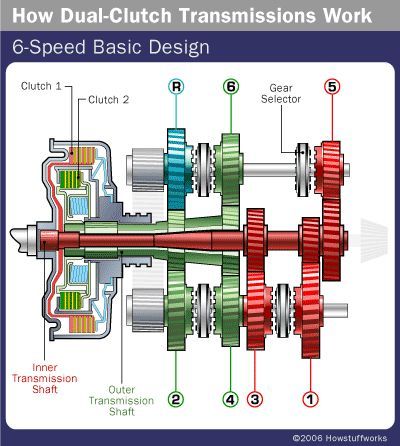 The rear lever shifts gears up, the front lever shifts down.
The rear lever shifts gears up, the front lever shifts down. The shift itself is carried out in the same way as on motorcycles:
